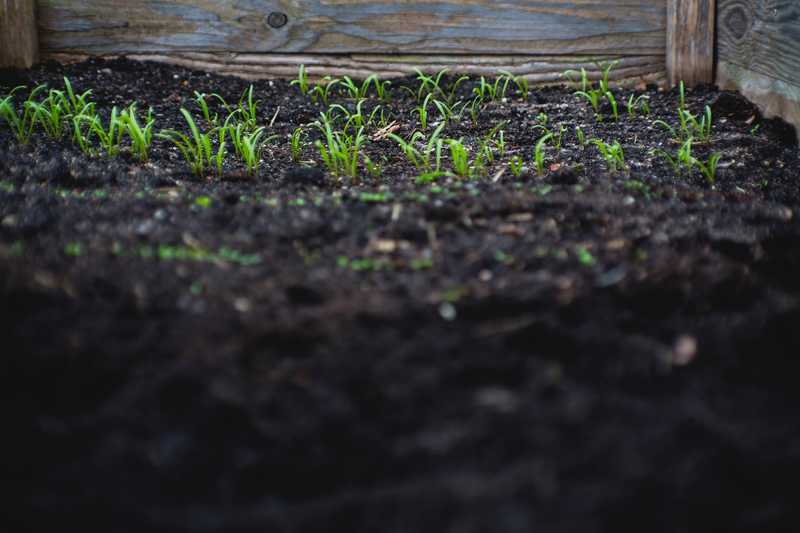
“It’s too hard and too uncertain,” has long been the response of policymakers and investors in response to working on ways to conserve and improve carbon in soil. But, recent new momentum summarised in a paper in Nature Sustainability and authored by actors from government, science and the private sector offers hope in the form of technical, policy and financial opportunities for rapid progress.
Photo credit: Carbon Click
“It’s too hard and too uncertain,” has long been the response of policymakers and investors in response to working on ways to conserve and improve carbon in soil. But, recent new momentum summarised in a paper in Nature Sustainability and authored by actors from government, science and the private sector offers hope in the form of technical, policy and financial opportunities for rapid progress.
Building soil organic carbon helps water cycling, agricultural productivity, as well as climate change mitigation and adaptation. The amount of soil carbon globally is triple that of the atmosphere, making soil a useful tool for combatting climate change. A new global analysis authored by scientists at The Nature Conservancy and Yale University shows that building soil organic carbon on all corn and wheat lands could close the yield gaps for those crops by between 1/3 and 2/3 while also minimizing dependence on synthetic fertilizers.

“Momentum for action on soil organic carbon is indeed growing in political, financial and technical circles to address multiple sustainability goals, but not nearly fast enough.” says Deborah Bossio, Lead Soil Scientist at The Nature Conservancy and co-author of the paper published in Nature Sustainability. Authors of the paper conclude that ‘a clear focus on early wins and on continued collaboration will lay the ground for gains in soil organic carbon at scale within an urgent timeframe.’
Under the UN Climate Convention (UNFCCC) only eight countries include targets for soil organic carbon within their intended mitigation options – (Armenia, Burkina Faso, China, Japan, Malawi, Namibia, Uruguay and Zambia). That said, a few have policies that support stronger action, ranging from Canada, which recognizes the potential of soil organic carbon under conserved forests and wetlands, to Bhutan, with its sustainable soil policy.
In addition, new financing instruments are emerging to support better environmental management of soils beyond climate concerns, such as funds (for example, the Land Degradation Neutrality Fund, managed by Mirova, and Clarmondial’s Food Securities Fund) and loan programmes (for example, the Rabobank and UNEP Kickstart Food programme).
Pioneering initiatives – both regulatory and voluntary – at national and sub-national levels, also provide evidence of economic viability and rapid results at the local level. Australia and California are examples of early adopters of market-based approaches to raising soil organic carbon. Australia’s Carbon Farming Initiative, a legislated voluntary offsets scheme implemented by the Emission Reduction Fund, has awarded contracts with an approximate value of A$200 million to landholders and farmers to earn carbon credits from soil organic carbon projects on degraded land, supporting a wide range of activities from rotational grazing to reduced tillage.
In the private sector, a growing number of companies are also including soil organic carbon within their set of options to build resilience and long-term profitability of agricultural value chains. Danone, Mars, Bayer, Coca Cola, Fonterra, Diageo and Olam are multinational examples.
“We need a new mindset,” said Deborah Bossio. “We need to give up on the idea that it’s all too hard. To combat climate change and to produce healthy diets, we need every tool in the toolbox. We might not think about soil all the time, but boy we notice it when it’s gone.”